Antique car shows offer a unique window into automotive history, providing enthusiasts and collectors alike a platform to showcase their prized possessions. These events celebrate not just the cars themselves but the dedication and passion of their owners. They highlight the bond formed between humans and their machines over decades, revealing stories of craftsmanship, restoration, and shared experiences.
The Allure of Antique Cars
Antique cars serve as living artifacts, each carrying a legacy of significant technological advancements and design breakthroughs. For instance, the 1931 Ford Model A Deluxe Roadster embodies the transition from horse-drawn carriages to modern automobiles, marking a pivotal moment in automotive history. These vehicles offer a tangible connection to the past, allowing us to appreciate the engineering feats achieved by earlier generations.
Beyond their historical significance, antique cars captivate enthusiasts with their aesthetic appeal. The sleek lines of a 1957 Chevrolet Bel Air or the iconic curves of a 1965 Jaguar E-Type demonstrate the unique beauty and craftsmanship that set these vehicles apart. Owners and collectors are often drawn to these cars not just for their historical value but for the sheer artistry involved in their design.
Antique car shows foster a sense of community and camaraderie among participants, creating a space where enthusiasts can share their passion and knowledge. These events bring together a diverse group of people, united by a common interest in preserving and celebrating automotive history. The shared experiences and connections made at these shows often lead to lifelong friendships and collaborations.
The Art of Restoration
The process of restoring an antique car to its former glory is an intricate and rewarding journey. Owners meticulously source original parts, often scouring swap meets and online marketplaces for the perfect pieces. For example, restoring a 1969 Dodge Charger might involve finding authentic trim pieces or engine components to complete the project. The dedication required for such restorations is a testament to the passion car enthusiasts have for their vehicles.
Balancing authenticity with modern innovation is a challenge many owners face. While the goal is to maintain the car’s original charm, integrating modern technology can improve safety and performance. For instance, a 1970 Chevrolet Chevelle SS might receive a modern braking system to enhance drivability without compromising its classic look. This delicate balance is part of what makes antique car restoration a true art form.
Personal stories of restoration efforts reveal the deep connection owners have with their vehicles. Consider the tale of an owner who spent years restoring a 1954 Mercedes-Benz 300 SL, investing countless hours into every detail. These stories highlight the dedication and perseverance required to breathe new life into these automotive treasures, transforming them into functional pieces of history.
The Role of Car Shows in Celebrating Ownership Pride
Car shows provide a platform for owners to showcase their hard work and dedication. Displaying a fully restored 1948 Tucker 48, for example, is not just about the car itself but also about the owner’s journey in preserving a piece of automotive history. These events offer owners a chance to share their stories and connect with others who appreciate the artistry and effort involved in restoration.
Awards and recognition at car shows are significant achievements, bringing prestige and pride to owners. Winning an award for a meticulously restored 1967 Shelby GT500 can validate the countless hours of labor and attention to detail invested in the project. Such accolades are not just personal triumphs but also serve to inspire others in the community.
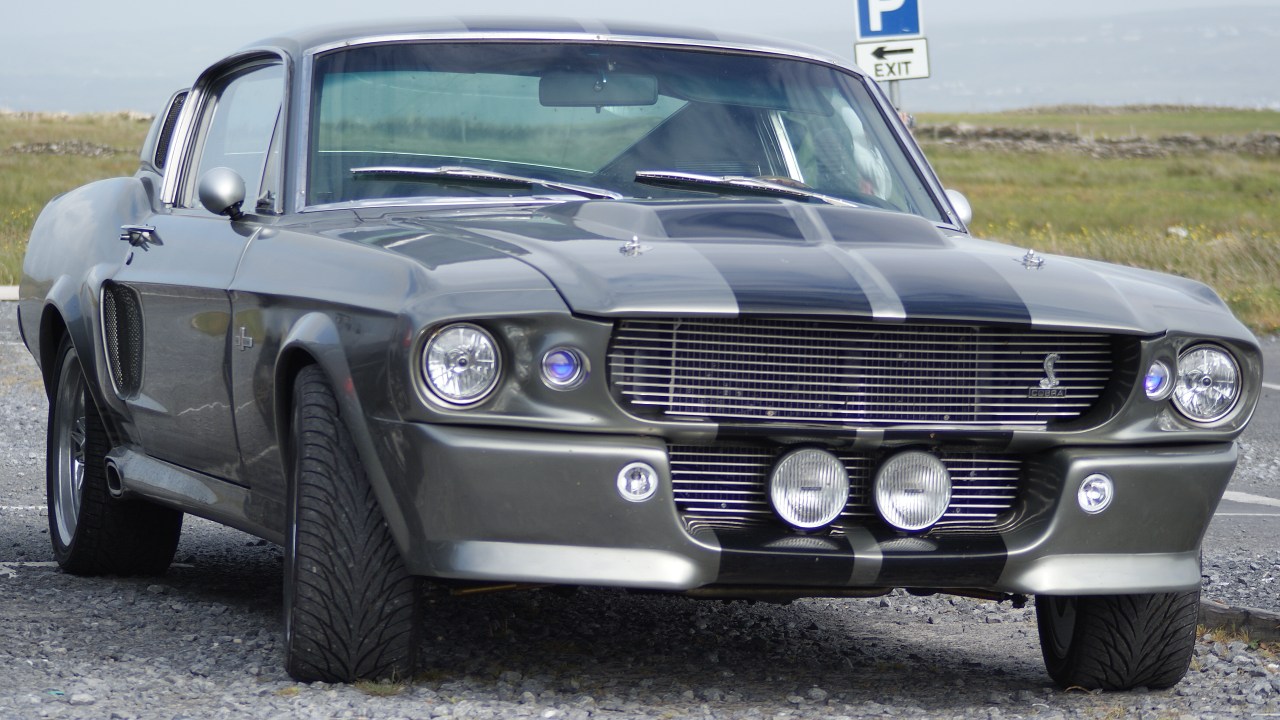
Participating in car shows creates cherished memories and strengthens the bond between owners and their vehicles. The excitement of preparing a 1955 Porsche 356 for an upcoming show or the camaraderie experienced during the event adds layers of meaning to the ownership experience. These moments become part of the car’s history, enriching the story it tells for future generations.
The Economic Impact of Antique Car Shows
Antique car shows contribute significantly to local economies by attracting tourists and boosting local businesses. Events like the annual Pebble Beach Concours d’Elegance draw visitors from around the world, filling hotels and restaurants and providing a substantial economic boost to the region. These gatherings highlight the economic potential of celebrating automotive history.
The market for classic cars is a dynamic and lucrative field, with vehicles such as the 1963 Ferrari 250 GTO fetching astronomical prices at auctions. Antique car ownership offers investment potential, with market trends influencing the value of these vehicles. As demand for classic cars continues to grow, so does the interest in preserving and showcasing them.
Supporting industries thrive due to the demand for restoration services, parts, and memorabilia related to antique cars. Companies specializing in authentic parts for a 1968 Pontiac GTO or offering bespoke restoration services for a 1929 Bentley 4½ Litre benefit from the thriving classic car market. These industries play a crucial role in maintaining the vibrancy of the antique car community.
Future of Antique Car Shows
As times change, antique car shows are evolving to incorporate virtual elements and digital engagement, reaching a broader audience. Online platforms allow enthusiasts worldwide to experience events like the Goodwood Revival from the comfort of their homes, expanding access and participation. This adaptation ensures that the love for classic cars transcends geographical boundaries.
Preserving history for future generations is a priority for those involved in antique car shows. Initiatives aimed at engaging younger audiences, such as educational programs and interactive exhibits featuring cars like the 1972 De Tomaso Pantera, ensure continued interest in automotive history. By fostering a new generation of enthusiasts, these efforts help keep the passion for antique cars alive.
The focus on sustainability and the environment presents challenges and opportunities for the future of antique cars. As the world shifts towards eco-friendly practices, the role of classic cars is being reconsidered. Innovative solutions, such as retrofitting a 1966 Volkswagen Beetle with an electric drivetrain, demonstrate how antique cars can adapt to changing environmental priorities while preserving their historical significance.
Like Fast Lane Only’s content? Be sure to follow us.
Here’s more from us:
*Created with AI assistance and editor review.

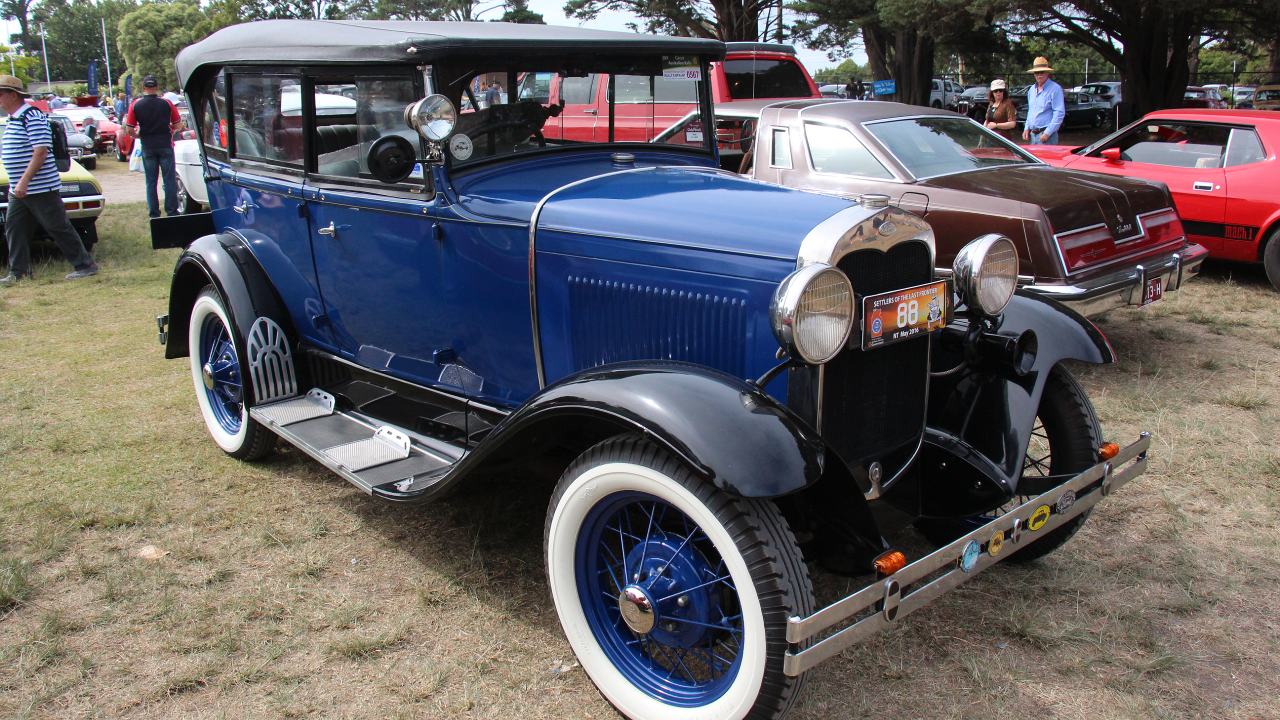
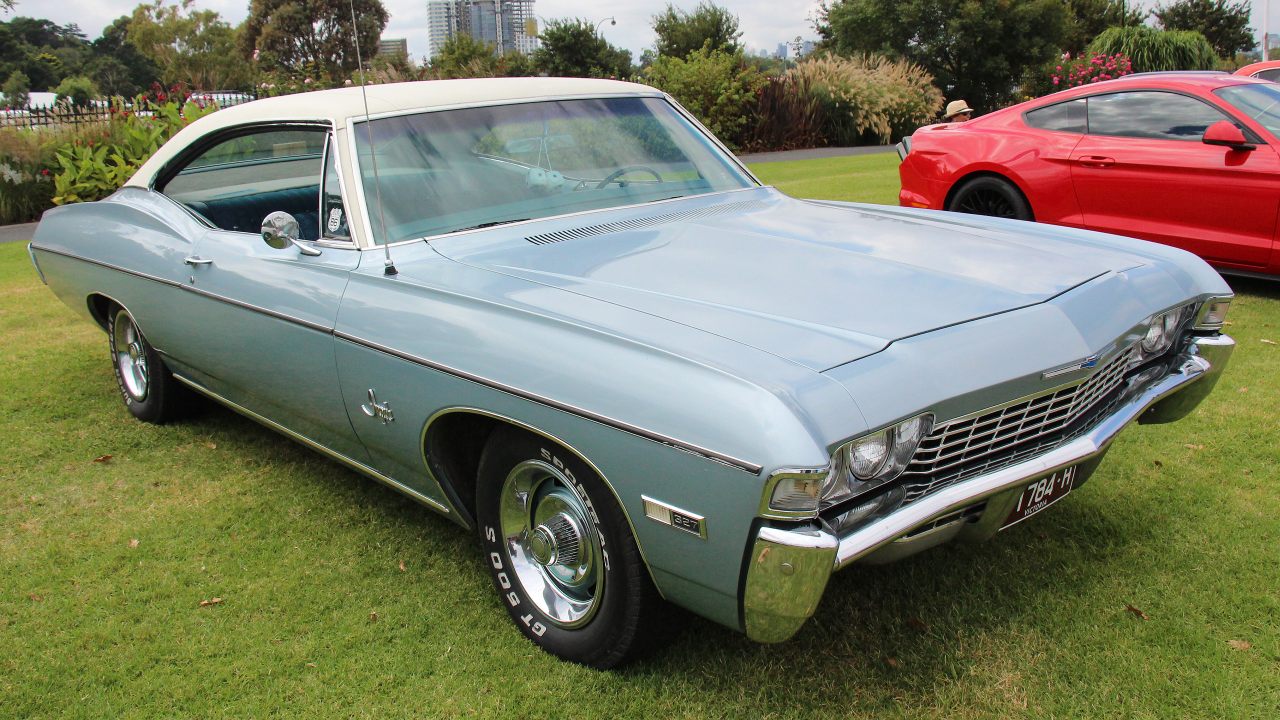
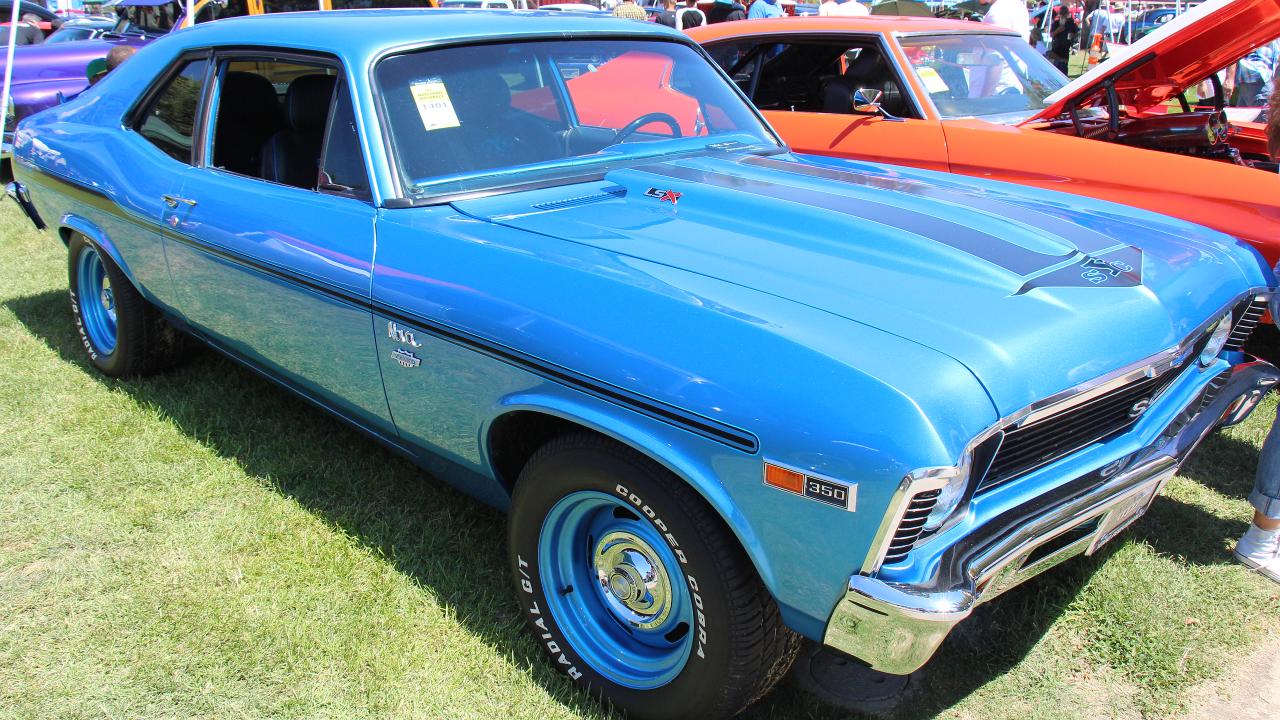
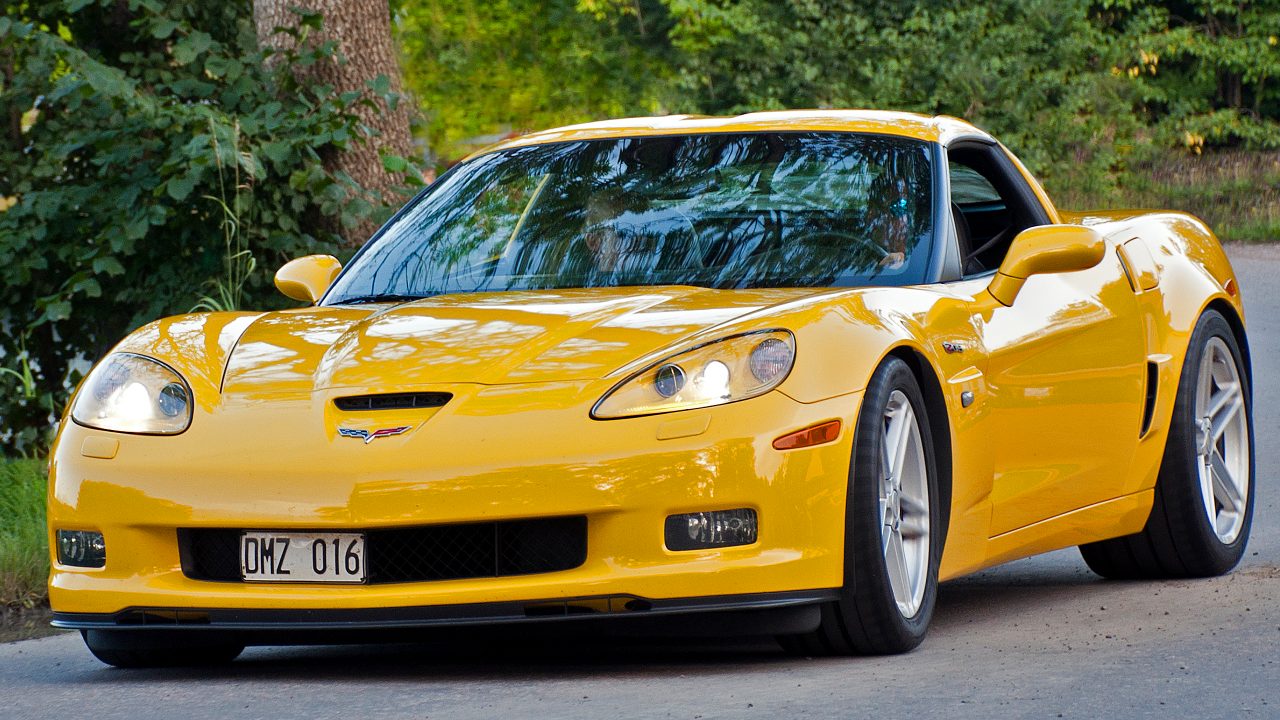
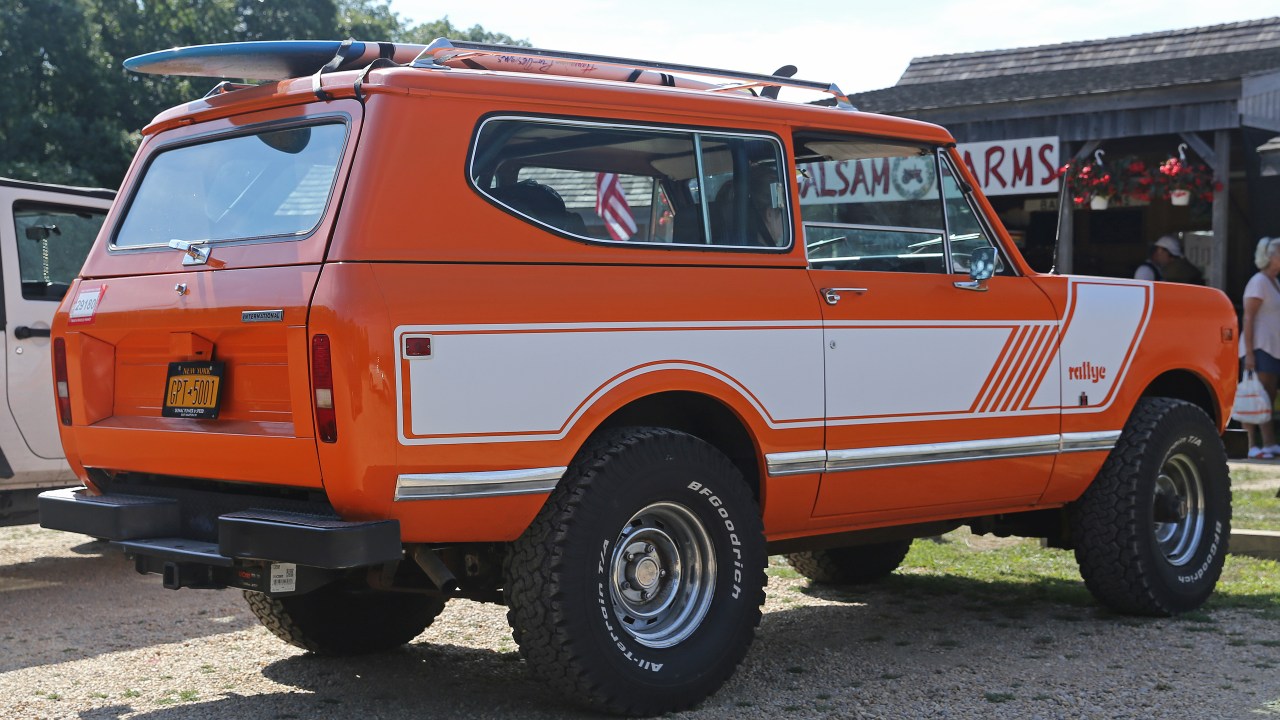
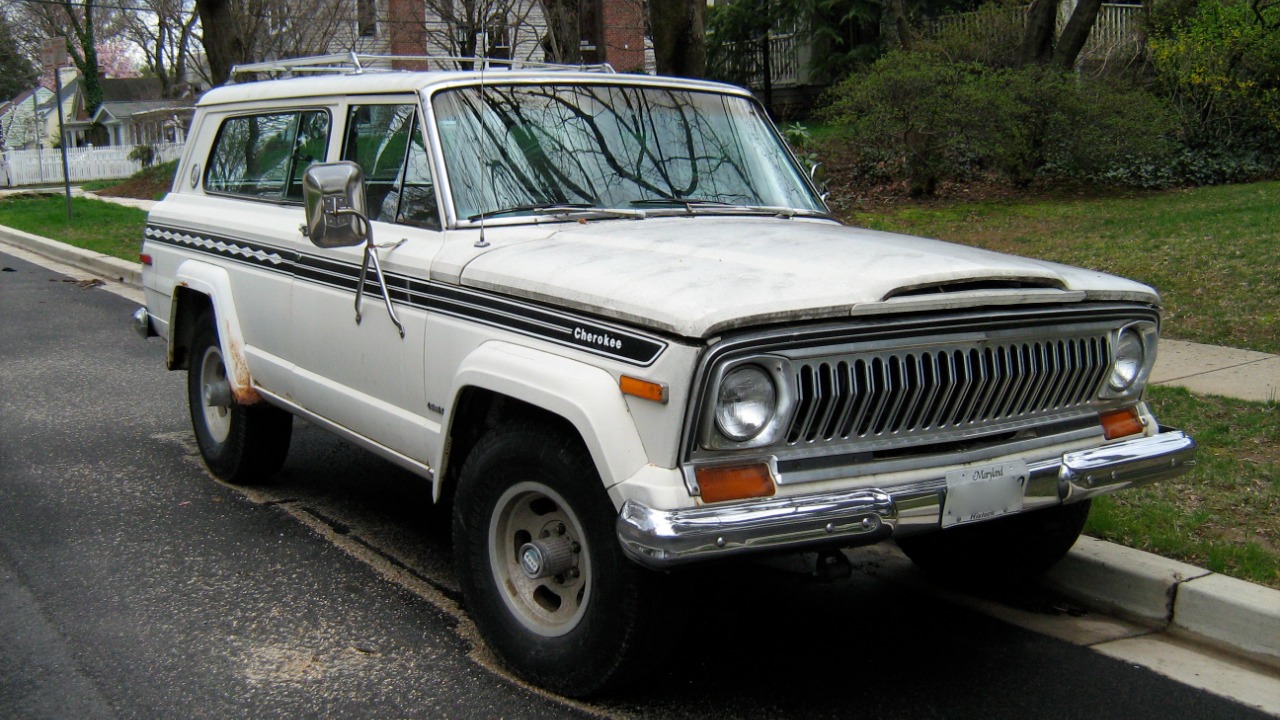
Leave a Reply